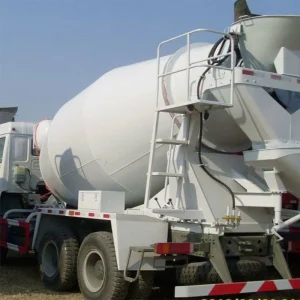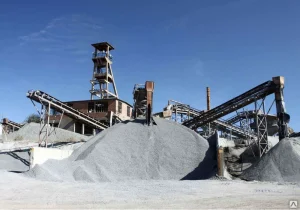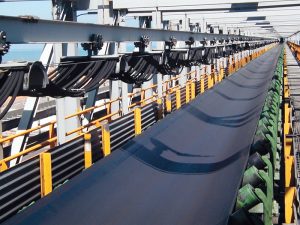As the construction industry continues to grow, the demand for efficient and environmentally responsible cement transportation solutions has never been more critical. Sustainable innovations transform how cement is transported, reduce carbon footprints, enhance operational efficiency, and promote long-term environmental stewardship. This blog explores the latest advancements in sustainable cement transportation and their impact on the industry.
1. Electric and Hybrid Trucks
One of the most significant strides in sustainable cement transportation is the adoption of electric and hybrid trucks. These vehicles reduce greenhouse gas emissions and reliance on fossil fuels, contributing to cleaner air and a healthier environment. Electric trucks, powered by rechargeable batteries, offer zero-emission transportation, while hybrid models combine traditional engines with electric propulsion to optimize fuel efficiency and lower emissions.
Benefits:
- Reduced Emissions: Lower carbon footprint compared to diesel-powered trucks.
- Cost Savings: Decreased fuel and maintenance costs over time.
- Regulatory Compliance: Meets increasingly stringent environmental regulations.
2. Route Optimization Software
Advanced route optimization software leverages artificial intelligence and big data to determine the most efficient routes for cement transportation. By analyzing traffic patterns, road conditions, and delivery schedules, these systems minimize travel time and fuel consumption, leading to significant reductions in carbon emissions.
Benefits:
- Increased Efficiency: Shorter routes save time and fuel.
- Cost Reduction: Lower fuel and operational expenses.
- Enhanced Reliability: Improved delivery schedules and reduced delays.
3. Sustainable Packaging Solutions
Innovations in packaging play a crucial role in sustainable cement transportation. Reusable containers, lightweight materials, and eco-friendly packaging reduce waste and the overall environmental impact. Additionally, optimizing packaging design ensures that more cement can be transported per trip, enhancing load efficiency and decreasing the number of required deliveries.
Benefits:
- Waste Reduction: Minimizes packaging waste and promotes reuse.
- Resource Efficiency: Uses fewer materials and reduces transportation frequency.
- Cost Efficiency: Lower packaging and disposal costs.
4. Renewable Energy Integration
Incorporating renewable energy sources into transportation operations is another key innovation. Solar panels on trucks and warehouses provide clean energy for vehicle charging and facility operations, reducing reliance on non-renewable energy sources. This integration not only lowers emissions but also supports the overall sustainability goals of transportation companies.
Benefits:
- Energy Independence: Reduces dependence on traditional energy sources.
- Cost Savings: Decreases energy costs in the long term.
- Environmental Impact: Lowers overall carbon emissions.
5. Telematics and Fleet Management Systems
Telematics and advanced fleet management systems monitor vehicle performance and driver behavior in real-time. These technologies optimize fuel usage, reduce idle times, and ensure vehicles are maintained efficiently. By providing actionable insights, fleet managers can implement strategies that enhance sustainability and operational performance.
Benefits:
- Fuel Efficiency: Optimizes fuel consumption through better driving practices.
- Maintenance Management: Prevents breakdowns and extends vehicle lifespan.
- Data-Driven Decisions: Informs strategies for reducing environmental impact.
6. Alternative Fuels
Exploring alternative fuels such as biodiesel, compressed natural gas (CNG), and hydrogen offers sustainable alternatives to traditional diesel. These fuels produce fewer emissions and can be sourced from renewable materials, further enhancing the sustainability of cement transportation.
Benefits:
- Lower Emissions: Reduces pollutants and greenhouse gases.
- Renewable Sources: Utilizes fuels derived from sustainable resources.
- Energy Security: Diversifies fuel sources and reduces dependency on oil.
Conclusion
Sustainable innovations in cement transportation are revolutionizing the construction industry by balancing efficiency with environmental responsibility. Electric and hybrid trucks, route optimization software, sustainable packaging, renewable energy integration, telematics, and alternative fuels are just a few of the advancements driving this transformation. Embracing these innovations not only helps reduce the carbon footprint but also enhances operational efficiency and cost-effectiveness, paving the way for a greener and more sustainable future in cement transportation.
By staying at the forefront of these sustainable practices, transportation companies can contribute significantly to environmental preservation while meeting the growing demands of the construction sector. The ongoing commitment to innovation and sustainability ensures that cement transportation remains a vital and responsible component of the modern infrastructure landscape.




